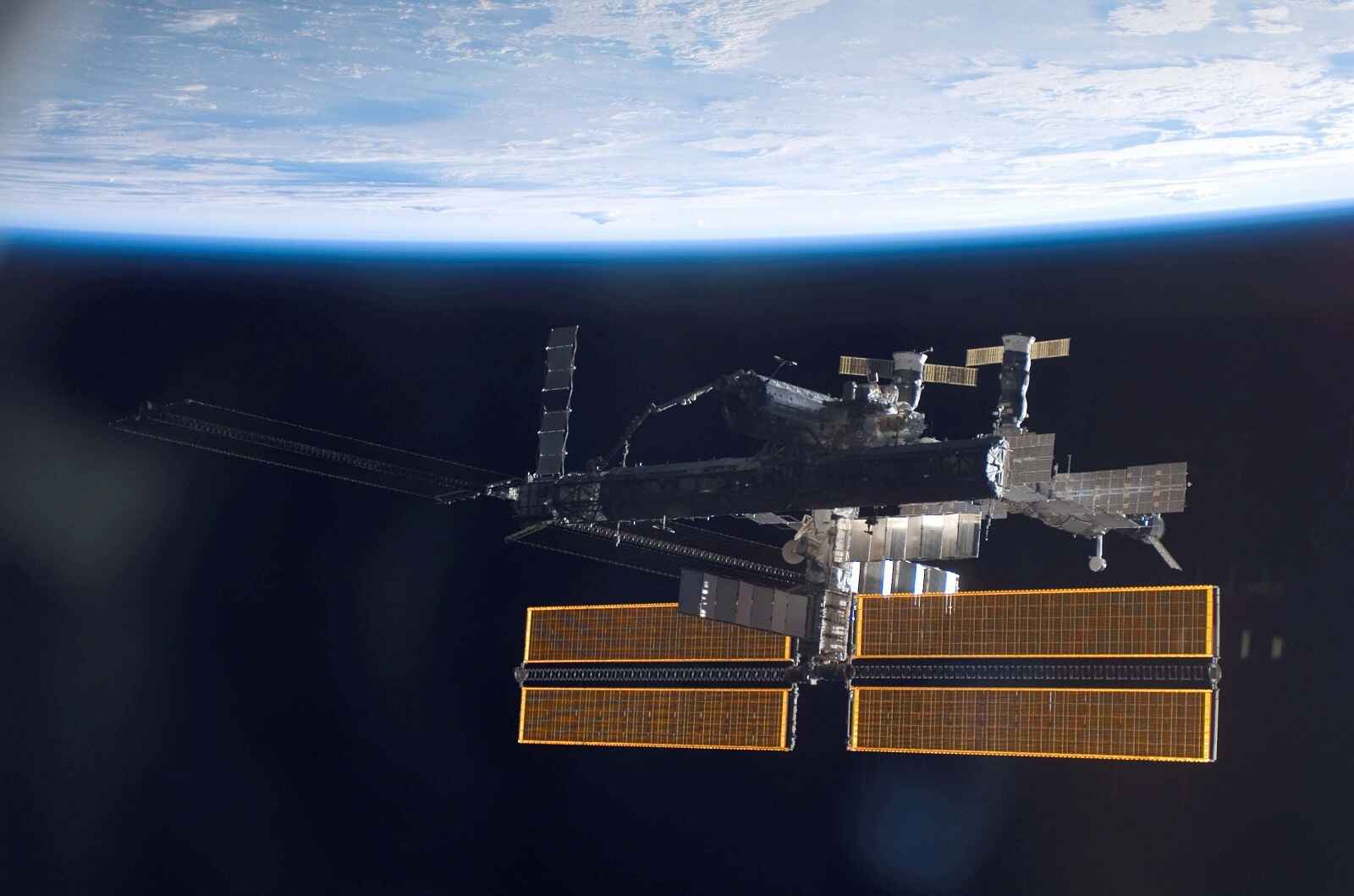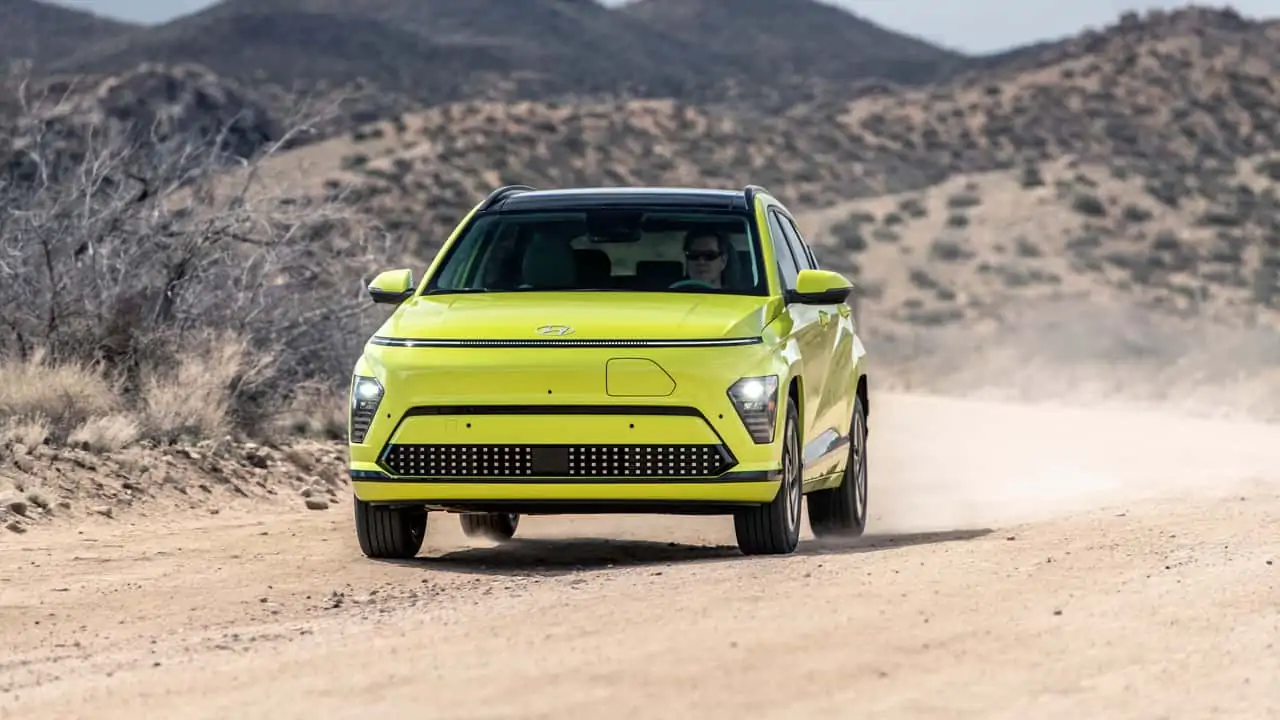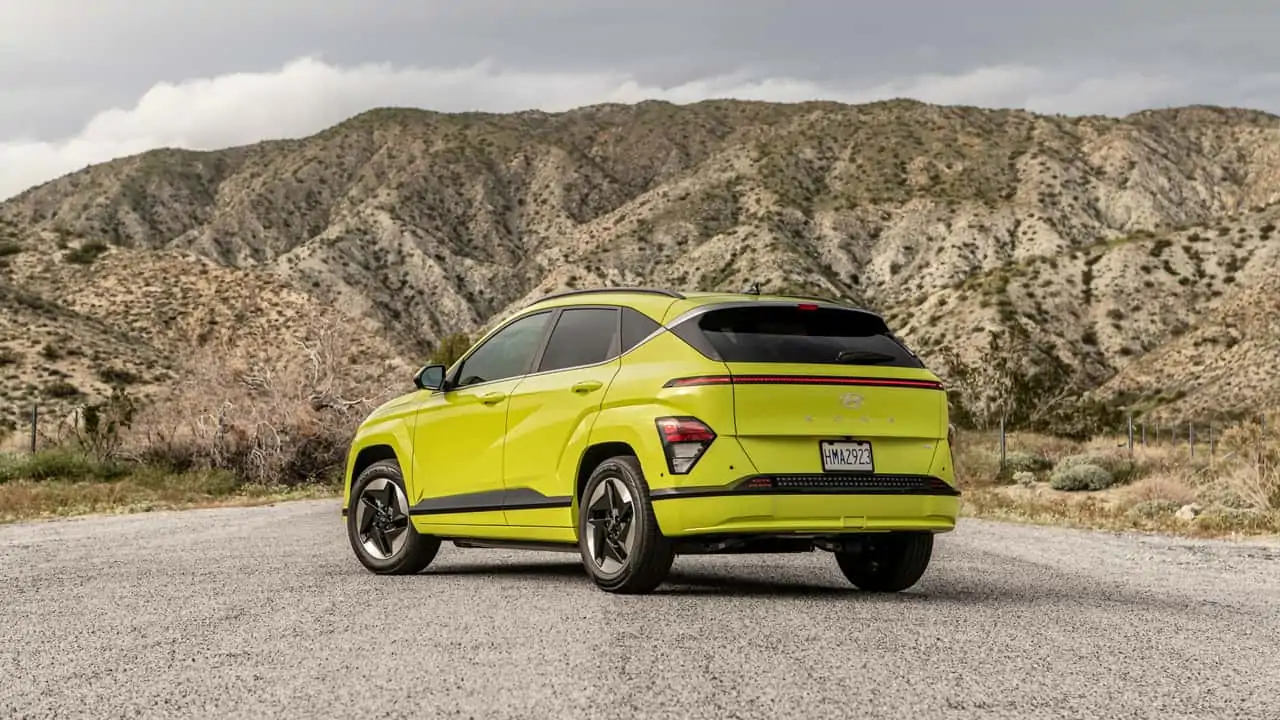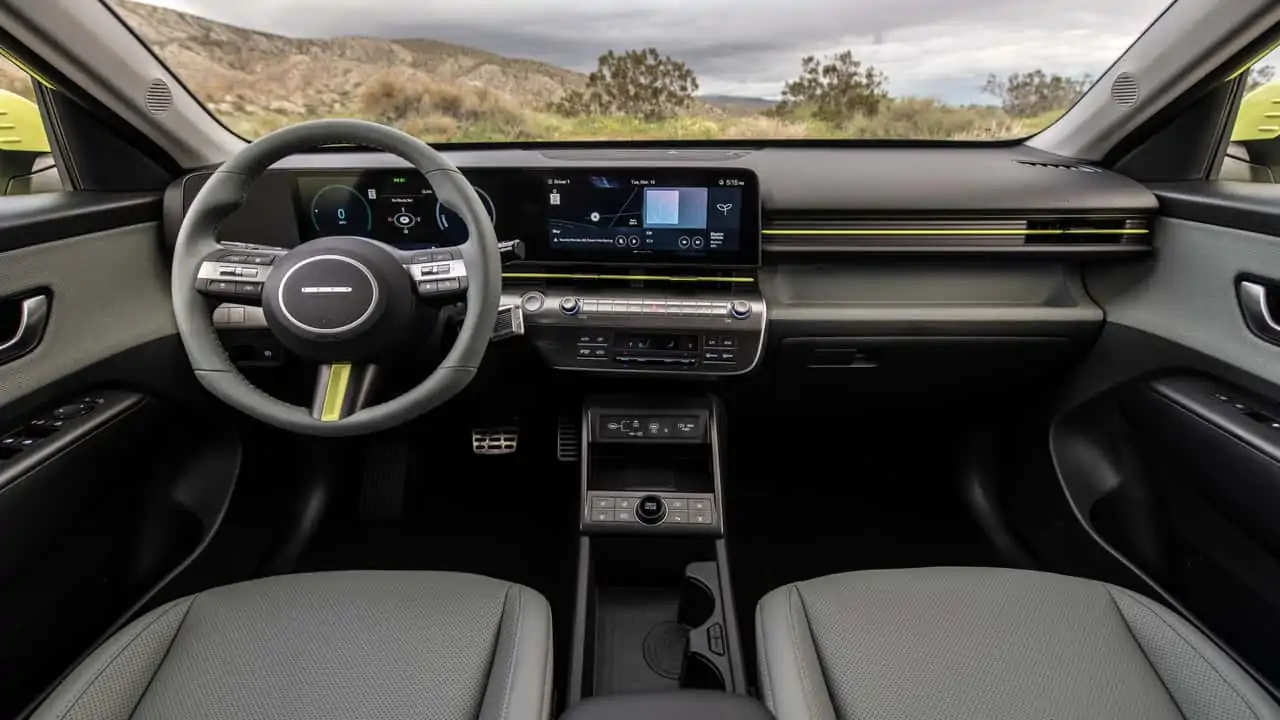Evaluating the 2024 Mazda CX-90
Growing Options for Family SUVs
The market for three-row SUVs continues to expand, offering families a range of new options. The 2024 Mazda CX-90 stands out with its spacious interior designed to accommodate parents, children, and even pets. Despite its many advantages, the 2024 Mazda CX-90’s technology feels somewhat outdated.
Tech Features in the 2024 Mazda CX-90
The technology in the 2024 Mazda CX-90 includes essential modern features but lacks cutting-edge advancements. Debuting in 2023, you might expect it to showcase the latest tech innovations found in contemporary SUVs. Instead, it appears to have borrowed much from the older CX-5 model, last redesigned in 2017.
While the CX-5 received minor tech updates, it hasn’t seen any significant overhauls. Keeping a uniform tech experience across the lineup is understandable, but integrating state-of-the-art technology in the CX-90 could set a new standard for other models to follow. Anticipation builds for the next generation of the CX-5, expected in 2025, which will hopefully feature more advanced technology.
Interior and Connectivity Features
The base model of the CX-90 comes with a 10.25-inch screen, which seems large but has a wide and narrow aspect that can make some details hard to read. Higher trims offer a more substantial 12.3-inch display. However, the infotainment system relies on Mazda’s traditional rotary dial, rather than touchscreen functionality, though Apple CarPlay can be controlled via touch.
One significant drawback is that wireless Apple CarPlay and Android Auto are only available in higher trims, leaving the base models less competitive. The digital gauge cluster remains largely analog with limited customization, but the head-up display includes modern features like road sign recognition and blind-spot warnings.
The HVAC system uses touch-sensitive buttons and toggle switches instead of physical dials, and the ambient interior lighting is minimal. The backup camera and 360-degree camera could benefit from better resolution, although the 12-speaker Bose audio system and intelligent safety features are commendable. USB-C ports in every row and a well-placed wireless phone charging pad are practical additions.
Comparison with Competitors
While some might appreciate the simplified technology for a more focused driving experience, those seeking more advanced tech might find the 2024 Hyundai Santa Fe or Palisade more appealing. These models offer features like weather displays, nature sounds, quiet mode, and customizable ambient lighting.
Despite the tech shortcomings, the CX-90 excels in other areas, providing near-luxury comfort, ample space in each row, and impressive performance. Additionally, it offers hybrid and plug-in hybrid powertrains, enhancing fuel efficiency.
In conclusion, the 2024 Mazda CX-90 delivers a comfortable and spacious ride, but its dated technology may be a letdown for tech-savvy consumers. Those prioritizing the latest tech features in their three-row SUV might explore other options, but the CX-90 still presents a solid choice for families seeking a balanced combination of space, comfort, and performance.




